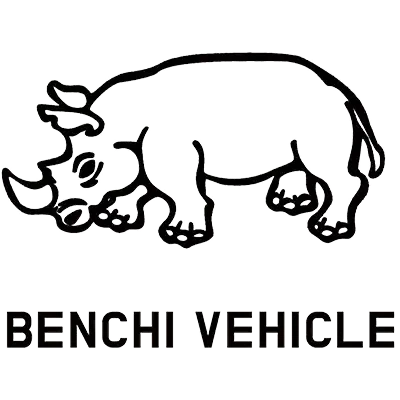Wind is free, but harnessing it to perform work can be very expensive. That's the case with today's wind turbines that are built to generate electricity.
The giant "green" alternatives to fossil fuel power plants now produce about 10 percent of America's electricity, and government authorities would like to see more.
The giant machines are produced overseas and in the U.S., and are hauled in pieces to remote "wind farms" by tractor-trailer rigs. Some trailers are more or less standard lowboys and drop-decks. Others are built specifically for this service. These include multi-axle Schnabel trailers where a turbine's tower section becomes part of the vehicle, as well as extendible-beam cradles to carry the long but relatively lightweight blades. Removable gooseneck trailers are also used at construction sites.
Niche Market
"Wind energy is a niche, although it's a very expensive one," explains Barry Hale Jr. of Hale Trailers in Voorhees, N.J., which sells such equipment. For example, "A blade trailer costs about $120,000-plus, but that used to be $150,000" before trailer builders flooded the market.
"This was the hot ticket item, but wind energy took off at the exact wrong time," just before the economy plunged, he says. Many builders jumped into the business four to five years ago. It did well for a while, but the recession all but dried up funding, and expiration of federal tax credits stalled many investments.
Now there's "very, very limited activity," and Hale Trailers sells only five to 10 wind turbine-related trailers a year. But activity has picked up a bit since July, when federal stimulus money began flowing toward wind farms, says Greg Smith, vice president, sales and marketing for Talbert Manufacturing, one of the trailer suppliers.
Trail King was the original builder of wind turbine trailers, followed by International Specialized, Siebert and Talbert, Hale says. Many others got into it by copying trailer designs, and there are a lot of trailers now in fleets and on dealers' lots. This has depressed prices, a bad thing for builders and dealers but a good thing for fleets in the hauling business.
One of them is Landstar, which last spring hauled a General Electric wind turbine blade 2,428 miles from Aberdeen, S.D., to Dallas. To help GE promote wind power, SkyBitz tracked the 28-day journey and posted progress on a special website.
The trip took so long partly because the device was displayed to the public along the way. But all such loads are oversize, and some are overweight. Truck operators must study proposed routes for height and width clearances, obtain permits from multiple jurisdictions, and arrange for escorts, which sometimes must be police officers and their cars. Then the rigs can run only during specified hours.

